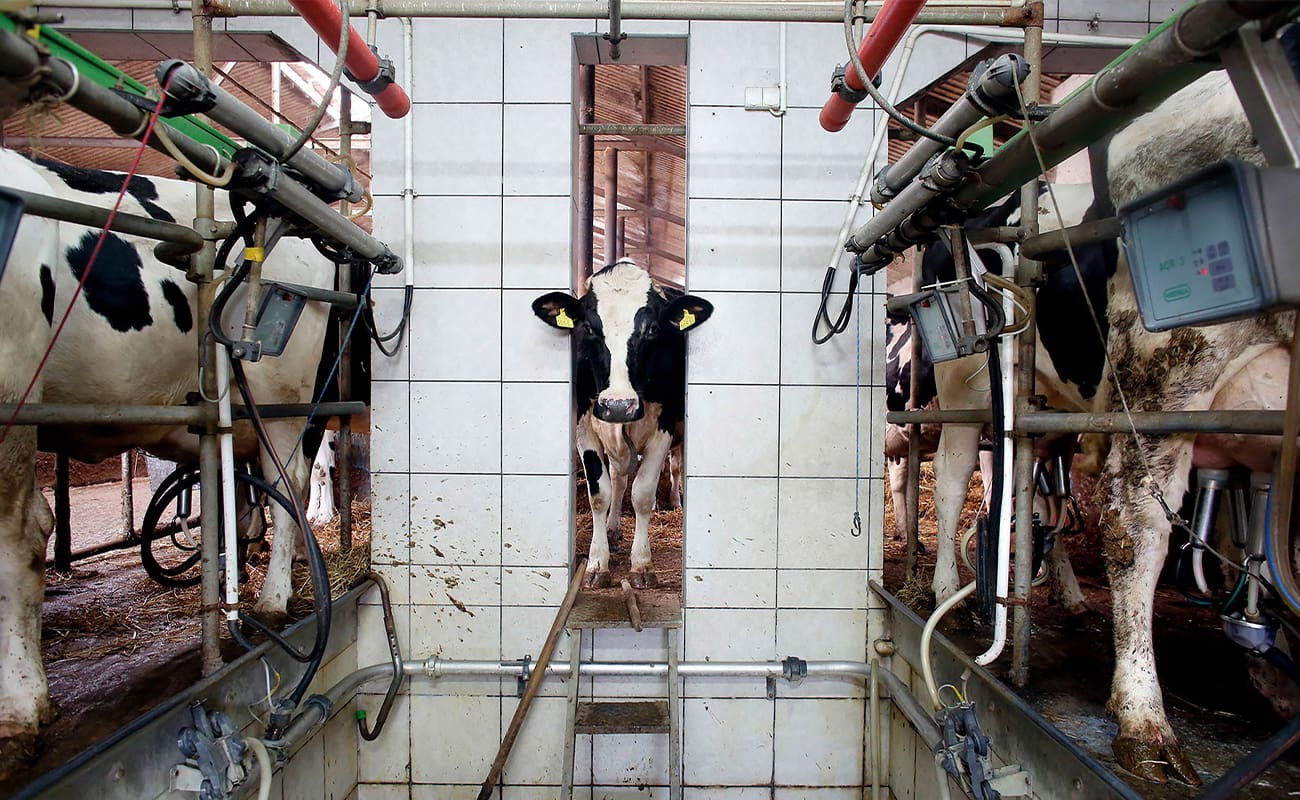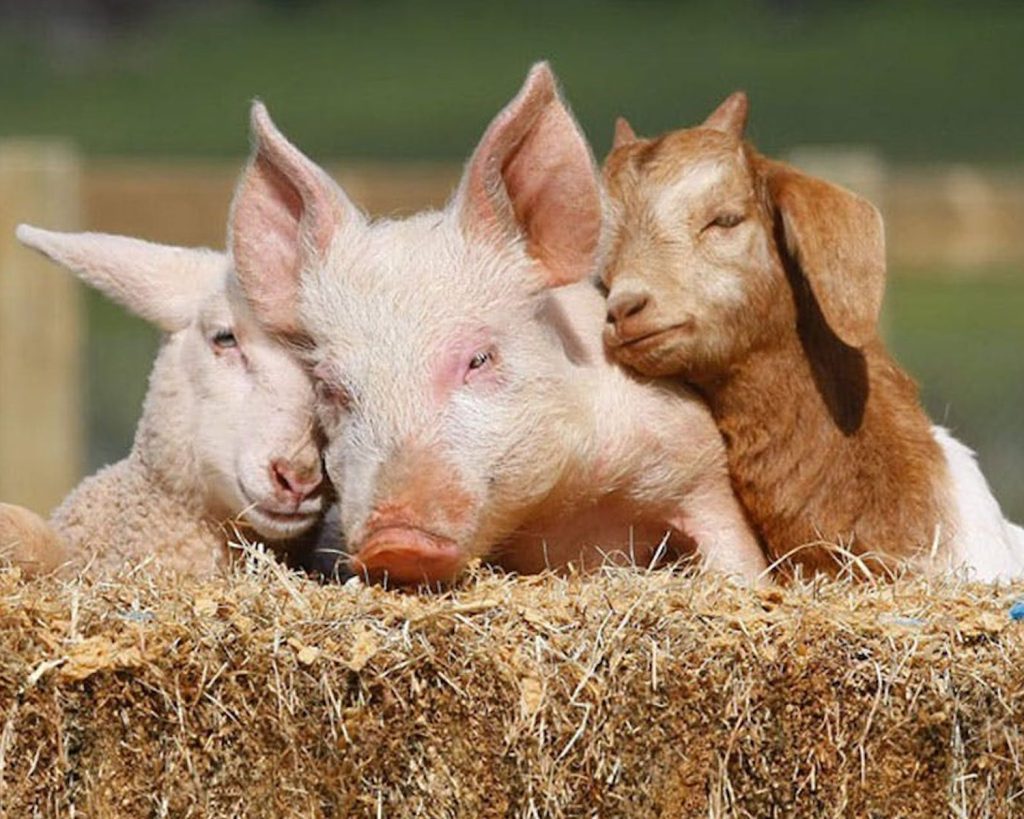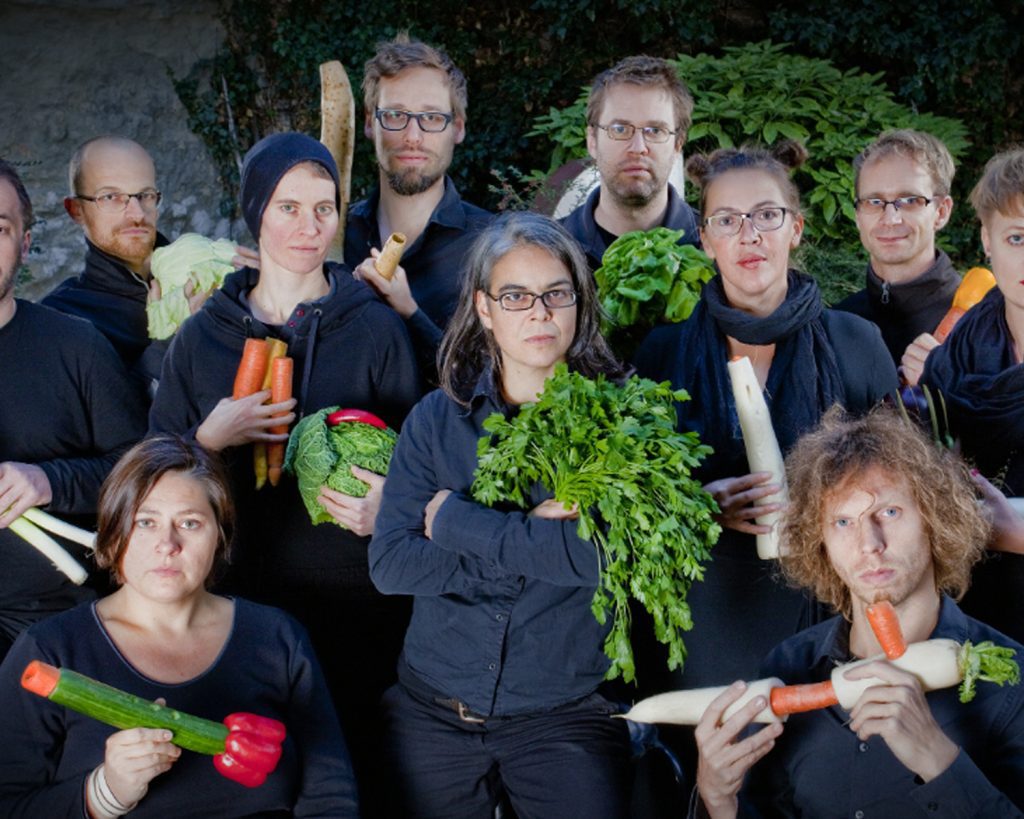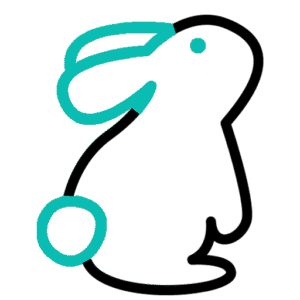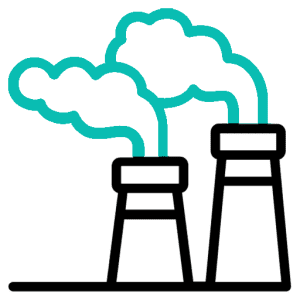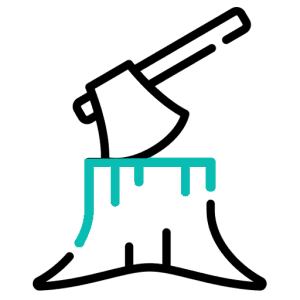Slaughter constitutes a central and highly controversial aspect of modern animal agriculture, exposing millions of sentient beings to extreme stress, fear, and ultimately death on a daily basis. Industrialized systems prioritize speed, efficiency, and profit over animal welfare, resulting in practices that often inflict intense suffering. Beyond the immediate welfare concerns, the methods, speed, and scale of slaughter in factory farms raise profound moral and societal questions about the treatment of sentient beings.
In factory farms, the process of slaughter is inseparable from confinement, long-distance transport, and high-throughput processing lines. Animals are frequently handled in ways that exacerbate fear and physical strain, while workers face challenging, high-pressure environments that carry both psychological and physical burdens. Beyond the immediate ethical concerns, slaughter practices contribute to broader environmental impacts, including significant water usage, contamination, soil degradation, and increased greenhouse gas emissions.
Understanding the realities of slaughter is essential to grasp the full impact of industrial animal agriculture. It highlights not only the ethical concerns for animals but also the environmental costs and the challenges faced by workers. Recognizing these interconnected issues helps us see the broader responsibilities society carries in addressing the consequences of large-scale meat production.
Fur farming remains one of the most contentious practices in modern agriculture, exposing millions of mink, foxes, and other animals to lives of unimaginable cruelty and deprivation. Confined to cramped wire cages with no opportunity to express natural behaviors, these intelligent creatures endure physical suffering, psychological distress, and reproductive exploitation—all for the sake of luxury fashion. As global awareness grows about the ethical and environmental consequences of fur production, this article sheds light on the grim realities faced by farmed animals while urging a collective shift toward compassion-driven alternatives







